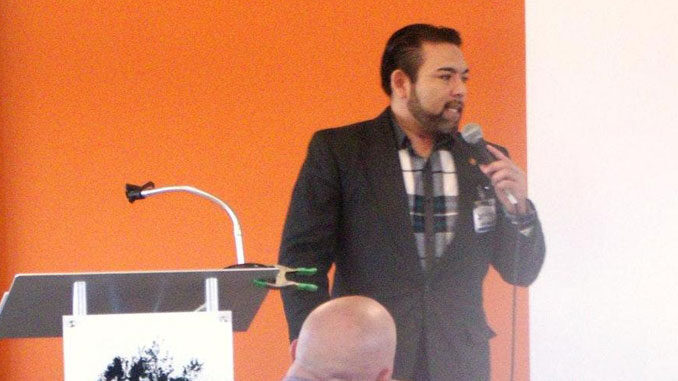
Kira Mercado Data News Weekly Contributor
Stay-at-home orders in 2020 correlated with an increase in forms of domestic violence, assaults, and intimate partner violence. While one in four women typically experience forms of intimate violence, only one in 10 men acknowledge that they do. Advocates say they saw a decrease in the use of Violence Prevention Services during lockdowns, however hospitals recorded a rise in treating assault related injuries ranging from physical injuries to rape.
Local advocates say they are working to destigmatize seeking help for men in particular who are the victims of sexual assault and intimate partner violence.
“Because of society’s stigmas, men who are victims of sexual abuse are less likely to come forth with their stories,” said Mark Medina, an Outreach and Education Coordinator for the Metropolitan Center for Women and Children in New Orleans. A former marine, Medina works to support counseling for victims of sexual assault trauma.
In a Dec. 3rd virtual talk on “Violence Against Men,” Medina explained forms of sexual violence, and how to prevent, identify, and deal with trauma for men.
“Sexual violence is any unwanted sexual contact, it can be verbal or physical,” Medina explained. “Everybody has the right; everybody is entitled to decide what happens with their body. Nobody has the right to step on that,” Medina added.
The spectrum of sexual violence spans three main areas. Sexual harassment is the most common and is any unwanted attention or advancement regarding sexual gratification. Next is sexual assault, Medina said, which is any sexual contact or activity without consent that stops short of rape or attempted rape. Then finally is rape, which is sexual intercourse that is vaginal, anal, or oral penetration by a body part or object, he said.
“At the moment it may seem like the person you are with may be into it and it can become unclear if someone is rejecting you,” he said. “Before there was a saying ‘no means no’ but now it is ‘yes means yes,’” he said. However, victims are often pressured due to coercion or can easily be manipulated and persuaded into sexual activities.
For less confusion, Medina said it is easier for two people to agree through words or overt actions, so it is clear that they are both on the same page with regards to intimacy. This doesn’t apply to minors who are mentally impaired to make proper consent and are particularly vulnerable when under the influence of drugs or alcohol.
It may also seem that woman “can be the only ones” to be sexually assaulted but actually, it is just as much common with men, Medina said. Data shows that 1-in-6 men have been abused or sexually assaulted in their lifetime, and between 14-percent and 18-percent of men were sexually assaulted before the age of 18. Another study conducted by End Rape on Campus (EROC) found that 1-in-16 heterosexual men will be a sexually assaulted at the college age.
“There are many misconceptions that men can’t be assaulted because they are seen as dominant or masculine figures who should be able to fight off any attack,” Medina said. Given these misconceptions, it is common for male victims to hide their assault and use other behavioral actions to cope with their trauma, he said. Toxic masculinity is also common amongst men with past sexual abuse. These men perform excessive actions to prove their masculinity to hide the shame of their own trauma.
Victims usually blame themselves by thinking that there was something they could have done to prevent or stop their assault. Medina suggested that loved ones do not push a victim into coming out with their story, but to allow them to do it on their own terms. Medina said that local resources like the Metro Center and national hotlines for male assault victims at 1(800) 675- HOPE (4673), offer resources for helping men get help for assault-related trauma.
“Everyone deals with their trauma differently, some more negatively than others, but it is no one else’s right to try and speed up someone’s healing,” Medina said.
Recommended For You.



Be the first to comment